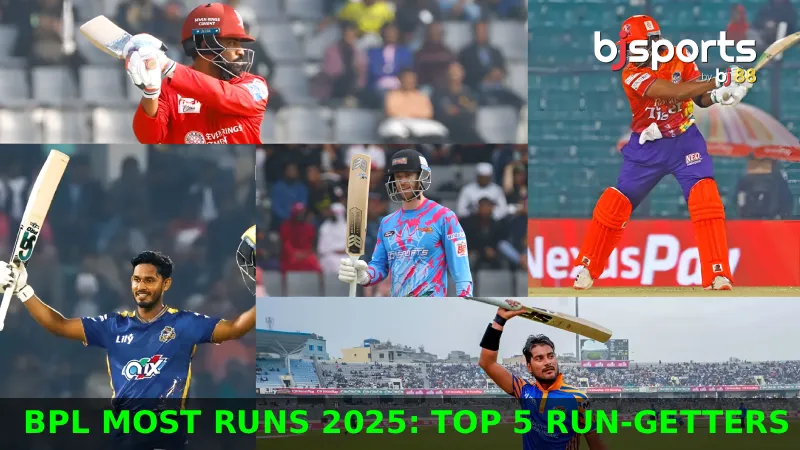
Another game, another blunder. If you’re a fan of the Rajasthan Royals (or if you’re associated with the team), it is giving you some déjà vu vibes. Just when it seemed like the Royals had the chase under control, they collapsed — again. Twice in two games, to be specific. So, what’s up with RR’s abrupt ending? Is it nerves? Is it bad planning? Or is it poor fortune? Let’s dive deeper and assess what is going wrong and what the franchise could have done better to bring it home confidently.
Mistiming the Acceleration: The 15-17 Overs Window
Let’s get to the point — the transition during middle-to-death overs. Interestingly, Mark says that RR had to increase their intensity from overs 15-17, which is correct. The medium phase, during a chase, is the pressure cooker – the acceleration bubble where the momentum is simmering perfection or boiling collapse.
However, to no surprise, RR went way too cautious too early, gave back any pressure, and were, most importantly, now set up going into the last 3 overs. In modern T20 cricket, it’s not too far-fetched to say that waiting for the previous 18 balls to hit is about as useful as hugging your snacks until the last scene in a film. You leave stressed out, hungry, and hardly satisfied with the build-up to the climax.
The planning around hitting boundaries earlier could have brought that down, as well as eased some nerves. It’s not about going crazy; it’s about controlled aggression. That’s where set batters can go for the big shots between 15 to 17 overs, when they have players fielding in the circle and rotating bowlers. That’s when they take the game, rather than play catch-up.
A Clarity Crisis, Not Just a Pressure Problem

As Ambati Rayudu just said; RR has a clarity issue, not a pressure issue. And there is a difference. This is not a case of the players ‘having the yips’ — this is a problem for them because they do not know how to tackle the chase towards the end.
They do not have a pinpointed method based on how many boundaries they need going into the latter overs, so they are really going off instinct or the previous prediction of how many runs vs balls faced they could afford to chase.
Approaching any chase by structuring it around a formula for runs needed is now an outdated approach to the revised approach required targeting bonds with a more fine-tuned mini-targets – knowing how many sixes and boundaries are needed in that over and who can hit them. The Royals need to pre-define specific finishers for the specific overs and back them with flexibility, not rigid and hopeful predictions.
Also Read: KL Rahul’s Big Hits & a Super Over Thriller – 3 Epic Milestones You Might’ve Missed in DC vs RR
Youth Brilliance vs Senior Hesitation
The irony here is that 14-year-old debutant Vaibh Sudebanshi, looked more fearless than some of the old hands at RR. The intent on offer from him in his first outing was wonderful. He clearly wasn’t shy of the stage – he reacted to where he hit the ball and played without inhibition.
Some of the more experienced Royals played tentatively when the game hung in the balance. Not that I want to discount experience, but experience can cause hesitation sometimes. Too many of these players played safe rather than smart which meant they wasted their first opportunity to chase down the target.
So what have we learned? RR have to adopt the fearless model. Select players according to form and temperament and not just a seniority list. Let the young players bring the positive intent and create an environment that nurtures the idea of making calculated decisions, rather than shying away from it.
Rajasthan, the question is not “can you chase?” — because we know you can now. The real question is: will you learn how to do it smarter next time? Let us know — what would you change to Rajasthan’s approach in chases? Leave your comments below!
 BPL 2026 Schedule: Full Match List, Fixtures, Dates, and Venues
BPL 2026 Schedule: Full Match List, Fixtures, Dates, and Venues BPL Most Runs 2025: What Sets the Top Five Run-Getters Apart This Season
BPL Most Runs 2025: What Sets the Top Five Run-Getters Apart This Season BPL Most Wickets 2025: How These Five Bowlers Built Their Match-Winning Momentum
BPL Most Wickets 2025: How These Five Bowlers Built Their Match-Winning Momentum BPL Auction Highest Purchase Player List: Most Expensive Players Bought This Year
BPL Auction Highest Purchase Player List: Most Expensive Players Bought This Year

